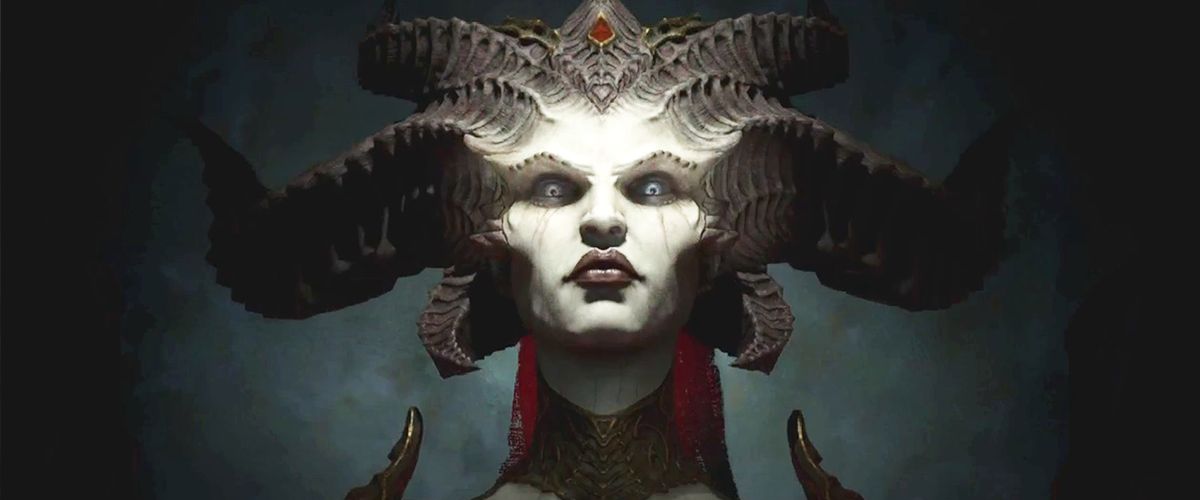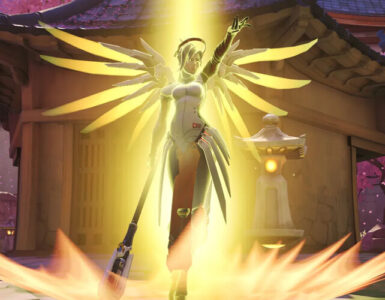The Diablo series and open-world genre is not a mix that not many will associate, but there’s always a first for everything. After decades of whipping up countless hack-and-slash adventures for players, the beloved franchise will be dipping its toes into the uncharted waters of an open-world styling, and expand its map beyond the explorable locations of the past three games.

This ambitious, bold undertaking comes in the form of Diablo IV, which was first announced at BlizzCon 2019. Then, the trailer came dipped in gritty, dark tones that were reminiscent of Diablo II’s aesthetic, and it seems nothing much has changed with a new announcement reveal for the Rogue character class during the opening ceremony of BlizzConline.
But the upcoming entry is as much of a love letter to the whole Diablo universe as it is to Diablo II. Unlike the Diablo II Resurrected remaster, which is committed to replicating the original, authentic experience, this follow-up title has the liberty to take creative exploration to new heights, while borrowing and retaining elements from previous installments.
What stands at the end of the road is an open-world, action role-playing game (ARPG) that’s essentially a larger, wider, and freer Diablo. It starts first from the artistic realm, where elements from Hudson River School paintings – a mid-19th century American art movement with Romanticism roots – serve as the team’s main inspiration for the game’s environmental design.

“There are so many things we love [about the franchise] – one of the things we like to say in the team is to embrace the legacy, and that means all the Diablo games,” shares art director John Mueller in a Zoom interview with Southeast Asia media.
“Diablo III had a more painterly art style, [while] Diablo II had a darker, grittier art style, and with our new engine technology, we saw this opportunity to have the best of both, where we could render things in a gritty way but also have them look more painterly.”
The artistic departure from the series’ gothic, tenebrous atmosphere isn’t a first – that dubious honour went to Diablo III, which was then criticised for the decision. With Diablo IV, however, the aesthetic styling is designed to complement the overall game design, because players will be spending a lot more of their time exploring the outer denizens of hell’s wilderness than what the three games would allow.
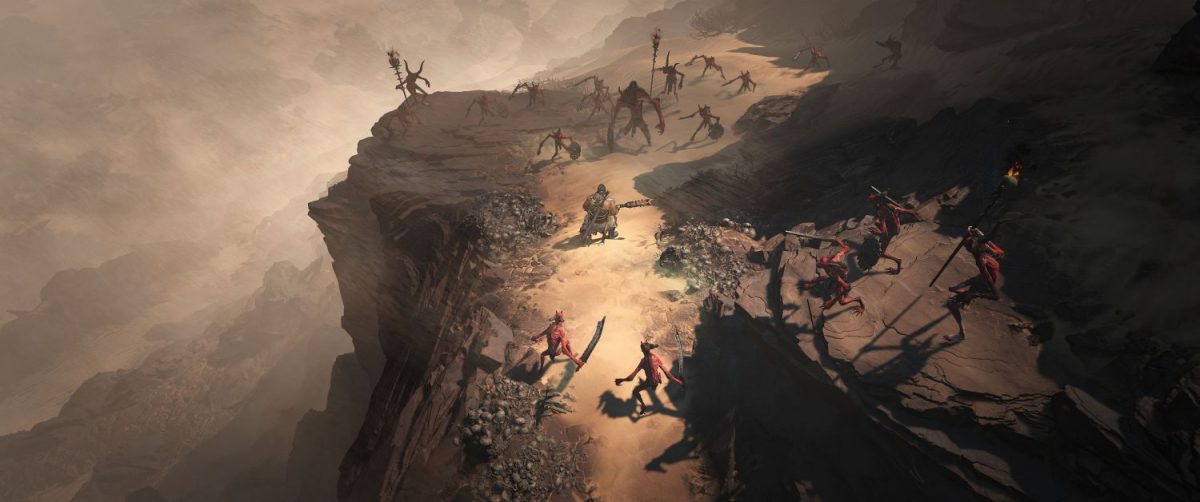
Take Kehjistan for instance. In the preceding title, fans were given the opportunity to explore the city of Caldeum and the immediate area around it, with the rest of the desert territory remaining untouched. That’s going to change here – in addition to the entirety of Kehjistan, there’ll be four other regions to dive into: Scosglen, Dry Steppes, Fractured Peaks, and Hawezar. To give a scale of how big the game’s set to be, each of these are expected to be up to 10 times bigger than any of Diablo III’s lands.
“It’s a really incredible thing to ride from the Northern coast of Scosglen all the way to the deserts of Kehjistan, and travelling through all these different regions for the first time ever in a Diablo game in a connected, seamless space without any loading screens, except for when you enter dungeons,” Mueller enthuses.
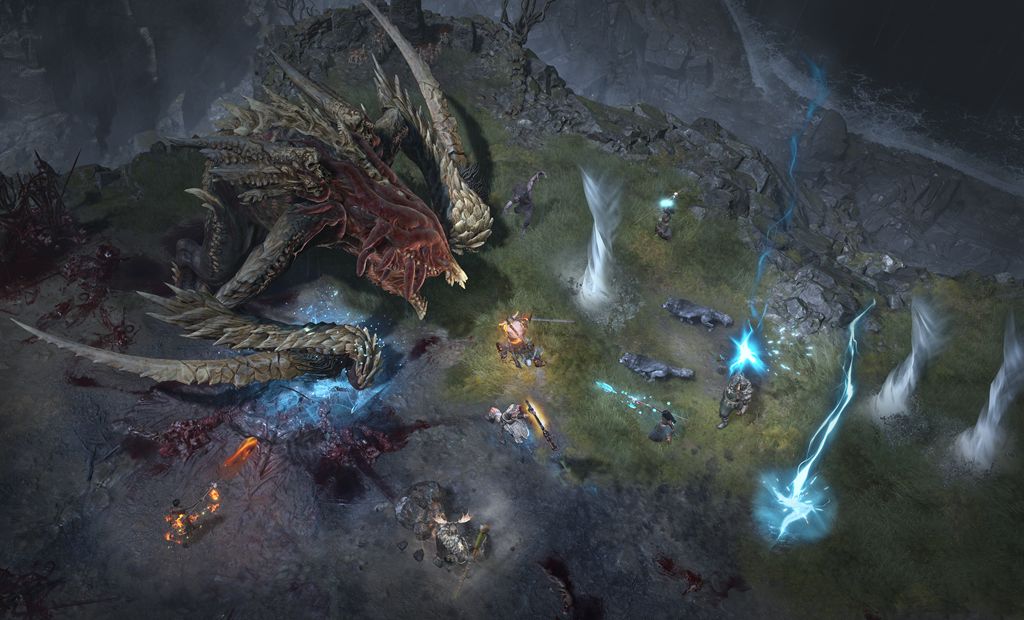
A nifty touch that the team has added to artistic expression is an increased sense of grounded realism. Just like how a town in Dry Steppes has a culture similar to parts of Northern Asia, Kehjistan bears influences from the dunes and deserts of Morocco. Scosglen, meanwhile, is moulded after certain parts of Europe, and all of this inspiration from the real world helps to bring diversity to the environmental settings.
As a result, each of these regions will have their own unique characteristics that set them apart from one another. A sword in Dry Steppes may have a similar appearance to another sword found in say, Scosglen, but both will feature elements that are specific to their respective cultures. Suffice to say, the same treatment applies to the character and monster designs as well.

“We’ve really invested a lot to make the regions unique and distinct, [which] also affects the items, armour, and mount armour, so this is a very important part of making a believable world,” lead designer Joe Shely explains in the same interview.
The addition of open-world mechanics means players have more freedom to embark on their own paths. Playing through the campaign is the traditional way to go about it, but that isn’t the only approach one can adopt: apart from the story, PvP zones, world bosses, camp and dungeon options, and events also offer opportunities for more varied gameplay.
Make no mistake, the core ARPG aspect of Diablo still remains largely unchanged in Diablo IV. There won’t be any branching storylines or dialogue options a la other open-world titles, despite the newly-introduced Camp system boasting evident traces from the genre.
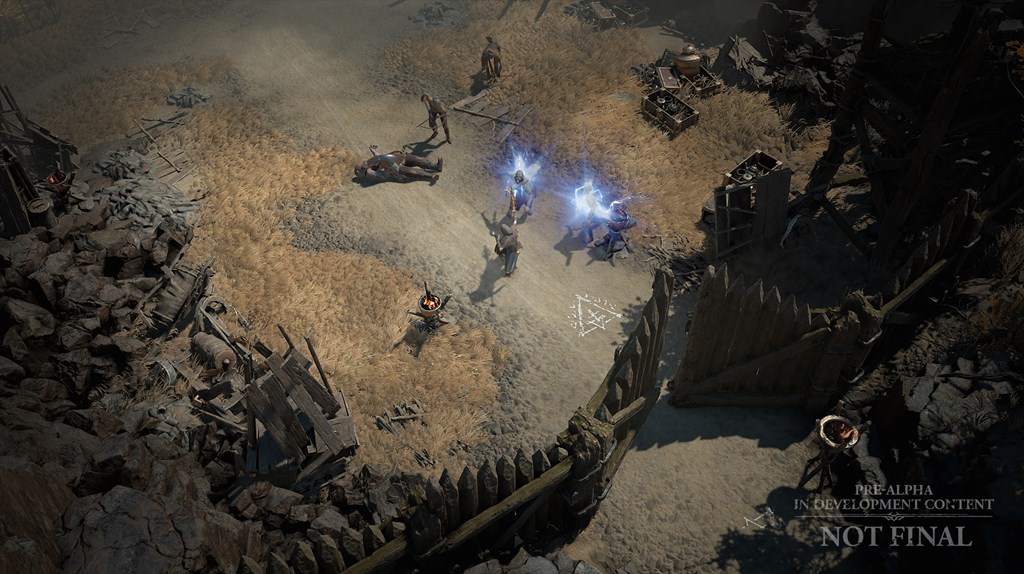
In the game, camps are monster-infested areas that the player can choose to clear out. Doing so will transform them into a place for friendly characters to return, vendors to show up, and new Waypoints and dungeons to unlock and explore. Essentially, one’s actions will come with “permanent and lasting effects on the world and the people of Sanctuary,” as succinctly described by Shely.
As it turns out, choices are an important part of the overall game structure. Diablo IV encourages the strategic planning of skill tree abilities as you level up – while active skills can be freely switched around, the act of respec-ing, such as changing out to a new build with different core stats, will take some effort and cost out from players.
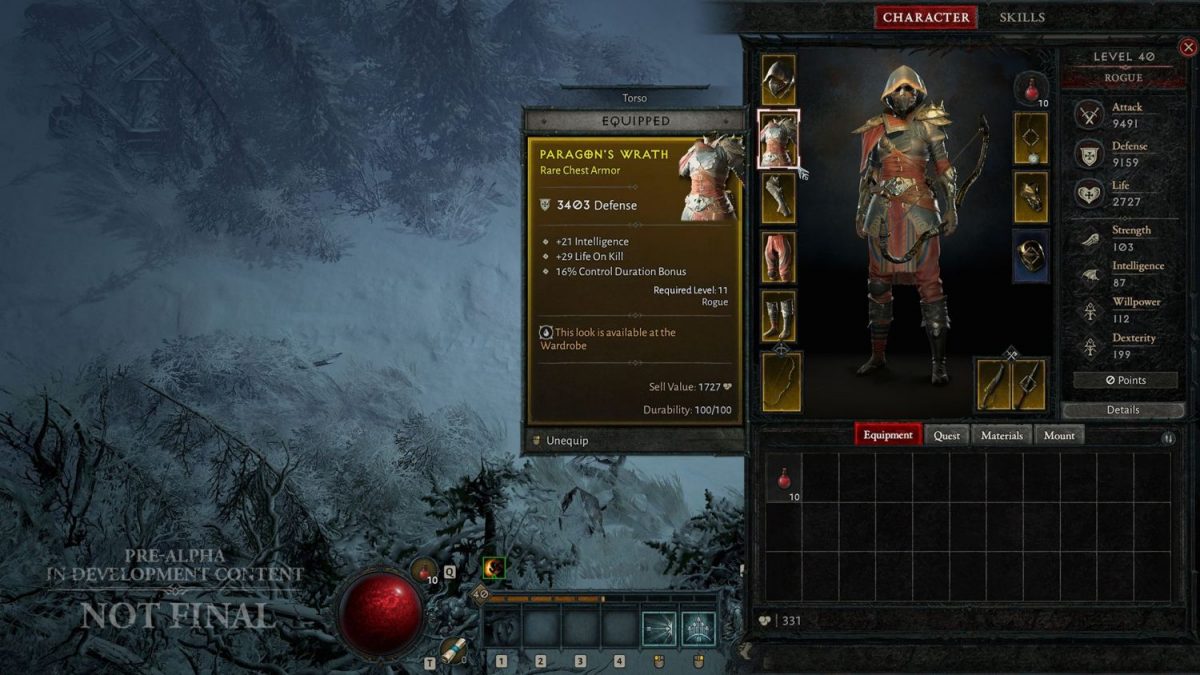
As a new game in the series, novel additions and refreshed elements are only to be expected. Apart from the Camp system and skill tree mechanic, the loot system and character class builds have also been refined. Legendary items will now have powerful affixes that are useful to even an endgame player, and affixes no longer have to be assigned to a particular slot. Each of the classes, meanwhile, has their own unique mechanics, such as the Rogue’s flexible mix of ranged and melee abilities and the Sorceress’ enchantment system.
All of this may sound daunting to newcomers, but Mueller assures that Diablo 4 does a good job at easing one into the world as no prior knowledge of the series is needed to enjoy the story campaign. Open-world activities are geared towards new players as well, with narrative revelations offering background explanations of characters and demons that have been previously introduced, such as Lilith.
Ultimately, Diablo IV is a grandiose undertaking that seeks to blend novel and familiar elements into hitherto-unfathomable Diablo concept that’s brimming with visual and gameplay potential. Shely summarises accurately, “We want the open world to feel like an exciting place to explore, and we want the dungeons to feel like you’re delving into the depths of hell, [because] that’s where we have a lot of darkness.”
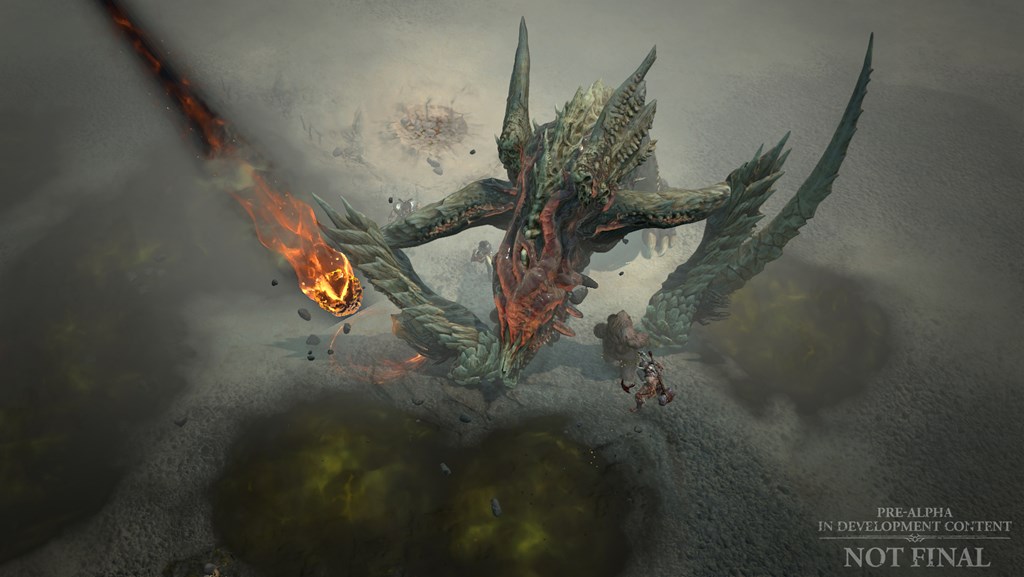
Of course, jumping into the open-world genre means the upcoming game will have quite a fair bit of competition in the field, but even as its release date remains an unknown entity, what’s certain is that this ageless classic will definitely put up a fight to reclaim its throne as the leader of the ARPG pack when it finally lands.

